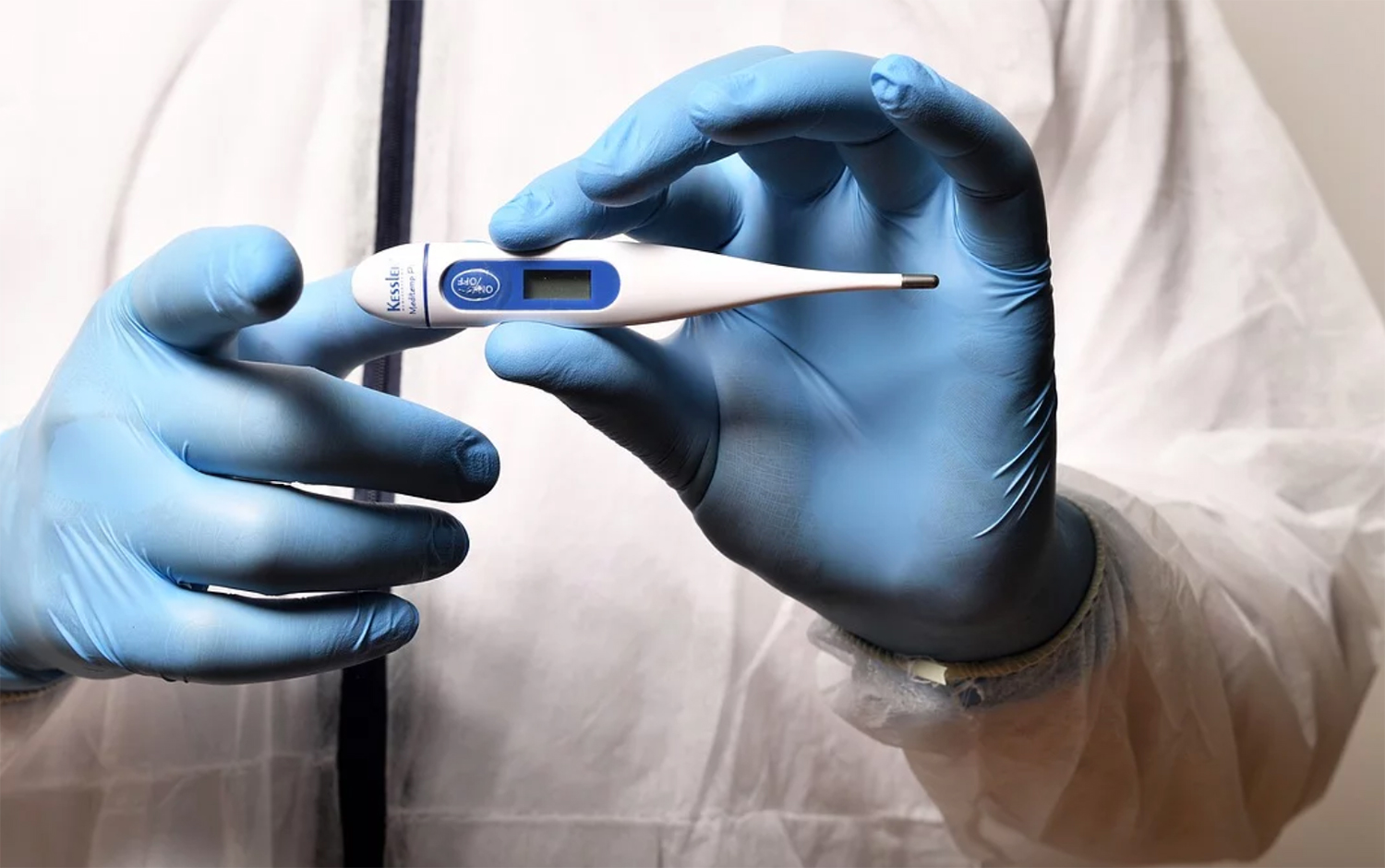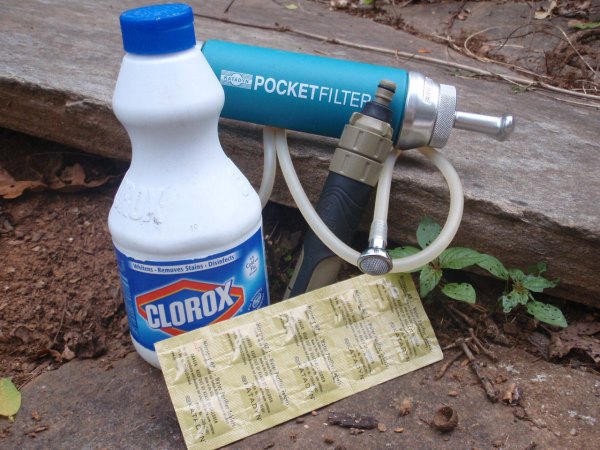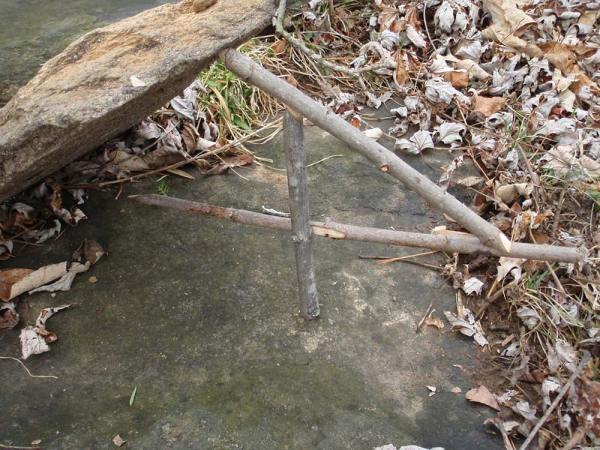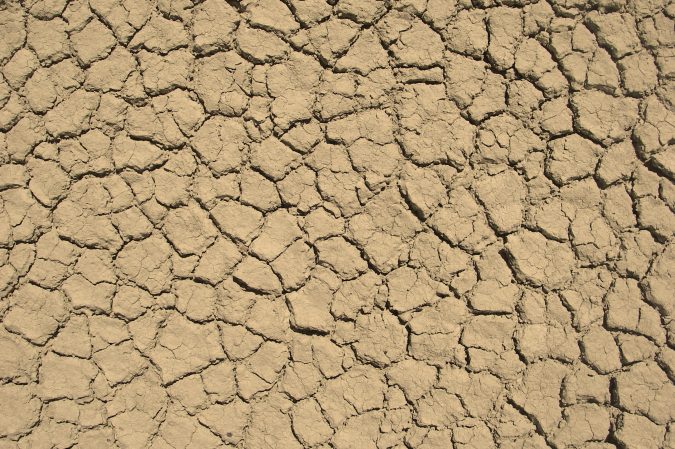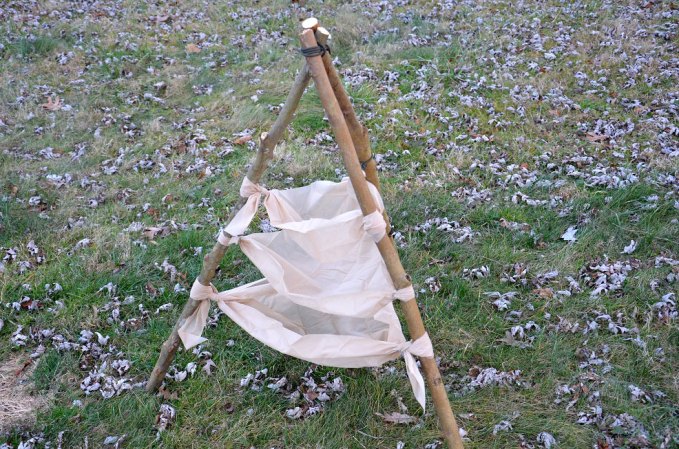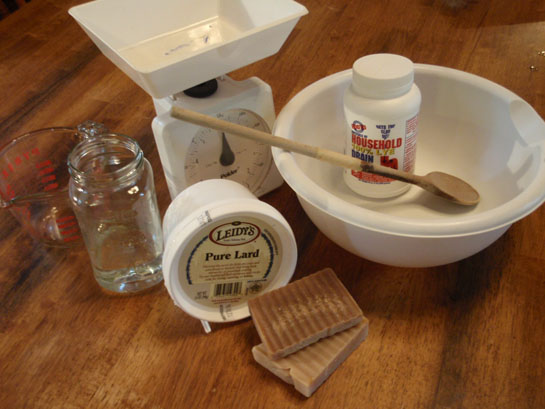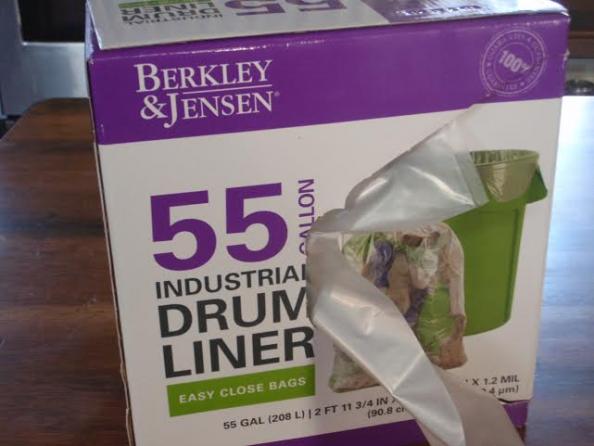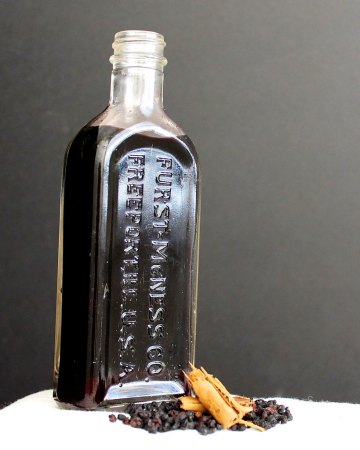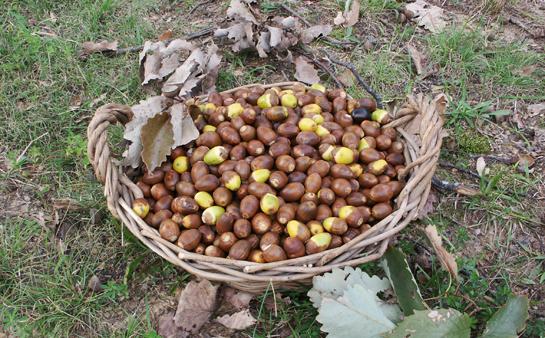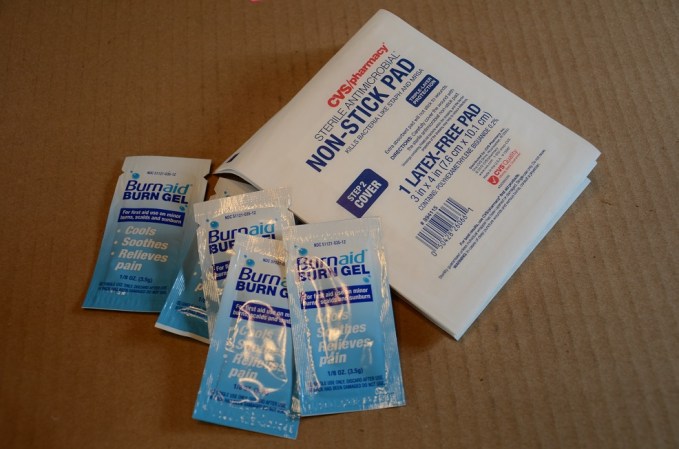As the number of people infected by the novel virus COVID-19 increases across the world, the likelihood that you or someone you know would face a quarantine situation is also increasing. Whether you “self-quarantine” to defend yourself from this virus, or your entire town is put under containment, complete with National Guard soldiers, you’re going to need the same supplies Here’s what you actually need, and where can you find it.
First, Don’t Panic
The No. 1 rule in survival isn’t hoarding toilet paper or knowing which wild plants you can eat. The number one rule is “don’t panic.” And yet, the panic buying has begun. Before you max out your credit card on overpriced supplies (that you probably don’t even need), take the time to clear your head and move forward with logic rather than emotion. Fear is a useful asset in our survival tool kit, as it can help to keep us safe. But when fear runs unchecked in the logical mind, like being terrified of a media-hyped virus, that fear can become panic (which can get the best of any of us).
Shop Thoughtfully
One of the best prepper adages is: it’s better to have it and not need it than to need it and not have it. This logic is sound, if we apply it to the right supplies and resources. Don’t’ go buy an old Army tank on eBay. You just need the basics. The things you’d need to buy to prepare for a quarantine aren’t much different than the things you need every day. Food, drinks, hygiene supplies, cleaning products, and OTC medicines top the list of necessary supplies. Add in a few things for sanitation, personal protection, and morale, and your shopping list is complete. Just make sure you take inventory of the things you already have, before you head out to the store. Think about the things you’d actually need to run your household for 2 weeks (or a month), if everyone was home all day. Ask yourself:
- What’s in the pantry and freezer right now?
- What are you almost out of?
- What would you hate to run out of?
- What might be hard to get right now (or later)?
Create a plan and a detailed list, before you go shopping. Consider which products you could order for home delivery (to avoid the crowded stores altogether), and take some disinfecting wipes for those shopping cart handles.
Buy Cold and Flu Medicine Now
Your home treatment of mild cases of COVID-19 during a quarantine would be a lot more comfortable with your favorite cold and flu remedies. So exercise some practicality and good citizenship now by grabbing these products. If you wait until you are sick to head out for your normal cold and flu remedies at the drug store, you have the inconvenience of the trip and you’re exposing others to your germs. Add in the fear generated by a pandemic and accompanying supply chain disruptions, the store shelves could be empty when you need this medicine the most. Grab some over-the-counter meds for pain, fever reduction, congestion, coughing, and other common cold symptoms; and get them while you still can.
Remember Personal Protection
My friend tried to buy some face masks at a Home Depot in New Jersey last week. The shelves were empty and he asked if there were more. The employees were keeping them behind the counter and only selling one package per customer. This is a shame, since masks aren’t even your best defense against this bug. Masks are a great resource if you’re taking care of a sick family member, in which case you should both be wearing masks. This holds in the droplets from their coughs and sneezes, and it protects you from the same. If you are unable to find disposable masks online or in stores, then look for re-useable masks. These are generally high quality masks with excellent filtration and exhalation valves (for easy breathing). They’re also washable. Add some bleach to your wash load with the masks and you’re back in business after they’re laundered. And if you can’t find disposable gloves or hand sanitizer in stores (and they are out of stock to order online), buy some germ killing soap (like Dial) and wash your hands often and aggressively. Lysol and bleach are great investments right now. Any kind of bleach can be blended with water to create a disinfecting spray for most solid surfaces. Mix 9 parts water with 1 part bleach in a clean spray bottle, shake well and use generously.
Read Next: Common Sense Ways to Prepare for the Coronavirus Outbreak in America
Stock up on Immune Boosters
An ounce of prevention beats a pound of cure. My family takes vitamin and mineral supplements on a regular basis, so we are well-heeled with Vitamin C, zinc, and other healthful micronutrients. Last weekend, I took an extra step by ordering a case of elderberry syrup for the family. For years, we have been using elderberry at the first sign of cold or flu, with amazing results. This isn’t some kind of health food store hippie hokum. Compounds in elderberry may actually interfere with the manner in which viruses enter cells. Just this morning, I tried to remember the last time I had a cold or flu, and I can’t remember for sure. Maybe eight years ago. Get some elderberry syrup, gummies, tincture, or any other form you can find. Take it daily to aid the virus fighters in your own immune system.
Make a Water Plan
Your normal water supply isn’t too likely to be impacted by a pandemic event, but there’s always a chance it could go out. Most rural American’s rely on a water well located on their own property. If the power keeps flowing, their electric pump keeps pumping water up out of the ground. A failure of the electric utility in their area would stop their water supply, but there are work-arounds. You could invest in a “whole home” generator, or use a 110 well pump instead of a standard 220 pump and hook up a smaller generator to it. Or you could skirt around all these challenges and simply stock up on water. Bottles or jugs, large or small, the best water plan for any emergency is to have plenty of water on hand and the supplies to disinfect more water (if you run out). Camping stores are happy to sell you water filters and water purifiers. Go for the purifier, since it kills smaller pathogens, and that’s what we’re facing. In the event that you or one of your family does become sick, safe hydration and electrolyte replacement could be a lifesaving resource. Drinks such as Powerade, Pedialyte, and Gatorade can offer vital hydration and electrolytes to your sick family members and friends. And these drinks come in disposable bottles, so you don’t have to wash COVID-19 infected drinking glasses when they’re done.
Have Some Cash on Hand
I know this is asking a lot for some people, since so many live in a “paycheck to paycheck” world, but now is the time to start building a cash “emergency fund.” You’re not wasting the money. You worked hard for it and you are keeping it (until you really need it). But keeping a (well hidden) cash emergency fund can allow you to access your money to buy goods and services, even if the banks are closed.
Remember Your Vices
Sure, you could survive without your guilty pleasures, but why suffer? There are some vices that we can’t imagine living without. Candy, chocolate, coffee, soda, tea, cigarettes, and booze are just a few of the overlooked and forgotten supplies that should be considered. Without your daily dose of caffeine, you may find yourself suffering real (and debilitating) withdrawal symptoms. Tiredness, irritability, and pounding headaches are just a few of the effects you’d face. You’ll also be a wreck as you DT from nicotine, alcohol, and sugar. One trip through the liquor store and a gas station should provide all the vices you’d need, and some Slim Jims for the drive home.
Don’t Forget Morale Boosters
An army moves on its stomach, and your cooped up family may survive better with a few well-timed morale lifters. If you’ve got a little space that you can squirrel away some treats for your loved ones, like a spot in the garage or an empty box in the closet, think about the items that will light up their faces if things get really tough. Imagine the power of a case of your teen’s favorite soda, your young children’s favorite candy or your spouse’s favorite alcoholic drink. You wouldn’t roll these items out on day-one of the quarantine, but a few days or weeks into it, this treat could make their day and make your quarantine a little more tolerable. Many of these treats even have a long shelf life. Liquor never goes bad and wine only gets better with age. Hard candies and dark chocolate can last for a year or two when stored in a cool, dry, dark location. As a final thought, remember that your morale items don’t always have to be food and drink. Books, magazines, games, and other diversions can also be great morale boosters.
Make Smart Food Purchases
Your emergency food supply should be a relief to your worried mind, not a liability. Just last weekend, I had to talk a friend out of buying a bunch of 15-year-old MREs that some local joker was selling on Facebook marketplace to panicked buyers. If you didn’t know, MRE’s have a 5-year-shelf life, when stored under optimal conditions (cold and dry). The MRE’s in question might have still been good, but these had likely been in the guy’s garage the whole time and were no longer fit for human consumption. If you had to hole up in your home for a few weeks, think about the foods that your family would want to eat (but are also easy to prepare). Also think about how you’d prepare them in a utility outage. Your best choices for emergency meals are familiar shelf-stable foods that require no cooking or heating to be enjoyed normally. Peanut butter and crackers are a great example. They don’t require refrigeration, even after opening. Granola bars are another example, and these can even be eaten while walking (an important bug-out consideration). Jerky, trail mix, cans or pouches of tuna, snack foods, and many other grocery store items can work as an emergency food stash. For those who prefer a hot meal, canned soups, stews, pastas and chili only need to be opened and heated. These last longer than the other foods previously mentioned, and they can be eaten cold (if need be). Another way to go is dry goods. Beans, rice, pasta, grits, ramen, oatmeal, and many other staple foods last for years and only need boiling water to prepare. If you have a camping stove, a propane grill with a side burner, or a place to safely burn a fire, you’re in business. Freeze dried meals are also great, and they are available at most camping stores. Some have a 30-year shelf life, and you only need to add boiling water to the bag. Whichever choices you make, buy foods that are easy to fix, and only buy foods that you know your family will eat. Children especially, can refuse unfamiliar foods in stressful settings.
Shop Like You Mean It
In preparation for a two-week quarantine, we’ve put together a dirt cheap shopping list for one person. It’s a boring menu plan, with rice, beans and veggies for a lot of the meals, but this is just a framework to get you thinking about calories and meal planning. Your shopping list may look something like this, or be much more complex (and appetizing). Whatever you do, take the time to read labels and do some simple math as you go. You’re shooting for 2,000 calories per person per day, and focusing on easy-to-prepare foods and necessary supplies. The following grocery list will feed one adult for two weeks, slightly exceeding 2,000 calories per day and only requiring boiling water to cook. And if you decide to turn your two-week plan into a one month plan, just double everything.
- 3 lbs pasta
- 6 lbs white rice
- 14 cans of canned veggies and/or fruits (your choice)
- 5 lbs dry beans or 10 packs of ramen noodles (either way, this is about 4000 calories)
- 1 lb sugar (for the drinks and oatmeal)
- 1/2 lb hard candy
- 1 lb rolled oats
- 1 lb corn grits or cream of wheat
- 3 jars of pasta sauce
- 1 quart of cooking oil or olive oil
- The normal amount of black tea, coffee or herb tea you’d use in two weeks
- 2 sticks of butter-flavored shortening (as a shelf-stable butter substitute)
- Assorted salt, pepper and dry seasonings as desired
Self-Quarantine
In the event that you choose to quarantine yourself (or the authorities enforce it), all of your hard work will start to pay off. If you haven’t caught the COVID-19 bug yet, your best defense is to continue to avoid it. Since this is such a highly contagious disease, isolating yourself and your family members will be the safest plan. If you have a job that allows working from home, do it. As more and more schools shut down, it’s likely that summer break will start extra early this year. This is great, as it keeps the kids from being exposed at school and bringing the virus home. If you attend a “modern” church, you may be able to watch their sermons online instead of going and shaking hands with a hundred people each day (Singapore’s outbreaks initially centered around two churches). Forget about eating at restaurants, or getting drive-thru food and home delivery. Avoid all trips out of the home, and don’t let anyone inside. This should be a real quarantine, not a pretend quarantine where you go to the movies or the mall if you get bored. Stay home with your supplies (the food, medicine, money, hygiene supplies and snacks), keep up with your immune system boosting supplements, and let this bug burn itself out. In a quarantine situation, even one trip out could expose you to a virus that would follow you home and infect your family. Plan for two weeks, and think about your back-up plans for a longer period. Do you have a plan for complete self-sufficiency and how long could you last? What’s your strategy for a temporary breakdown in the distribution chain, the power grid, gas utilities and water services? Be safe and keep washing those hands.
